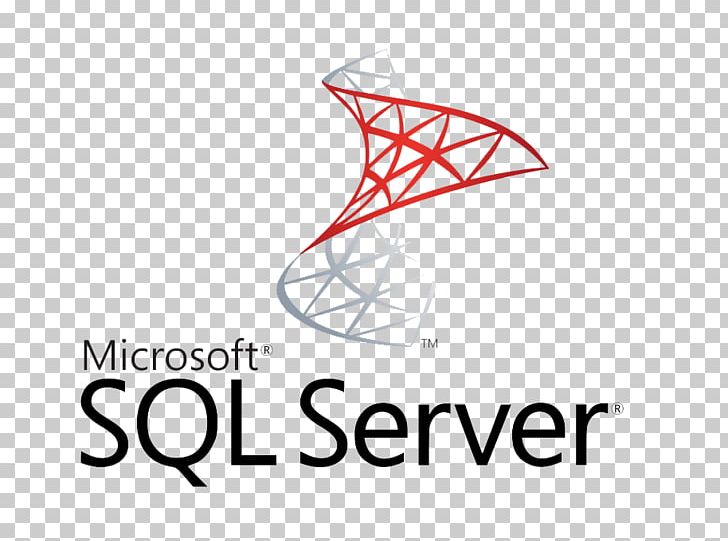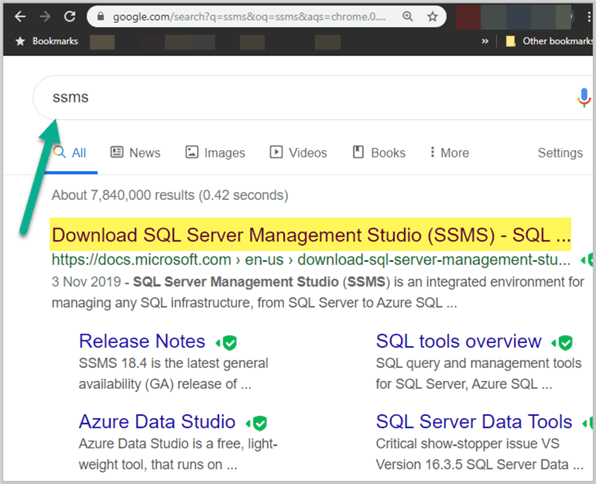
Browse to the Microsoft SQL Server 2012 Express download site. Click the Download button. Check the box next to the SQL Management Studio option for the architecture of the system where it will be installed and click Next.Because SQL Server Management Tools (SSMS) does not automatically install.


For the sake of completeness, as well as to recognize all the fantastic work the SSMS team has done, I’d like to highlight all the cool stuff we’ve brought to you across all the preview releases including the incremental work between Preview 7 and GA. We will continue to bring cool features into both SQL Server Management Studio as well as Azure Data Studio as it makes sense.Some of you may have been following the journey, and some not. 🙂My work is not done but has just begun. Ideally, we want to ship a product that’s better than the version its replacing.
Sql 2012 Management Studio Driver With SSMS
SSMS ships with MS Object Linking and Embedding Database (OLEDB) driver With SSMS 18, you can install SSMS in any folder and the option is available from both command line and the setup UI. SSMS can be installed in a custom folder – This has been a long standing request. Updated Visual Studio 2017 isolated shell – We picked up the latest shell from Visual Studio (VS) that unlocks all the accessibility fixes that end in both SSMS and VS as well as the latest security fixes that went into VS. Smaller download size – We’ve taken SSMS 18 on a diet and brought it down to half the size of SSMS 17.x. SQL Server Management Studio improvements
Support for Data classification “read-write” permissions Exposed new properties on configuration/server/database objects Extend SQL Server Management Objects (SMO) support for resumable index creation SLO/Edition/MaxSize database properties now accept custom names, making it easier to support future editions of Azure SQL Databases
Exposed AUTOGROW_ALL_FILES config option for filegroups in SSMS. Right click database to launch a new query or new notebook in Azure Data Studio Launch Azure Data Studio from Tools, or Object Explorer SSMS users can simply right click on a database > Azure Data Studio > New Notebook. For example, Notebooks is a super cool feature built into ADS. Each tool has different experiences built into it and can be launched from the other seamlessly.
Added Migrate to Azure option under Tools menu. Exposed maximum size for error log files under Configure SQL Server Error Logs. Exposed the “backup checksum default” server configuration in the new Database settings page of the Server Properties Dialog. Improved support for multi-monitor systems by making sure that dialogs and windows pop up on the expected monitor. New Firewall Rule dialog now allows the user to specify a rule name, instead of automatically generating one on behalf of the user. Users can still enable/disable these via sp_configure.
Added new showplan attribute BatchModeOnRowStoreUsed to easily identify queries that are using the batch-mode scan on rowstores Anytime a query performs batch-mode scan on rowstores, a new attribute (BatchModeOnRowStoreUsed=”true”) gets added to StmtSimple element. Added logic to display the Materializer Operator (External Select). This will make the actual plan look consistent with the Live Query Stats plan. Added actual time elapsed, actual vs estimated rows under ShowPlan operator node if they are available. Added new menu items for “CREATE OR ALTER” when scripting objects.
Collecting a second pass of performance data over the same workload. Upgrading to the desired database compatibility level. Collecting a performance baseline before upgrading the database compatibility level. This will start the new Query Tuning Assistant (QTA) to guide the user through the process of: SSMS | Database compatibility level upgrade – Added a new option under -> Tasks -> Database Upgrade.
Added support to allow customers to schedule SQL Server Integration Services (SSIS) packages on Azure-SSIS IRs which are in Azure Government cloud. Updated the list of known audit actions to include FEATURE RESTRICTION ADD/CHANGE GROUP/DROP. Changed authentication method from storage account key based to Azure AD based authentication. Added a new Query Wait Statistics report
Sql 2012 Management Studio Password Authentication In
Deployment Wizard now supports creating and deploying to Azure Data Factory SSIS integration runtime. ISDeploymentWizard now supports SQL authentication, Azure Active Directory integrated authentication, and Azure Active Directory password authentication in command-line mode. Added a new entry item “Try SSIS in Azure Data Factory” under “Integration Services Catalogs” node, which can be used to launch the Integration Runtime Creation Wizard and create Azure-SSIS Integration Runtime quickly.
Several enhancements have been made to support Always Encrypted with secure enclaves in SQL Server 2019 preview. The Enable Always Encrypted checkbox in the new Always Encrypted tab in the Connect to Server dialog now provides an easy way to enable/disable Always Encrypted for a database connection. Added a new exporting feature to export the vulnerability assessment scan results to Excel. The Vulnerability assessment now supports Azure SQL DW. Enabled vulnerability assessment tasks menu on Azure SQL Data Warehouse (DW). Added new Classification Report menu item to the Data Classification flyout.
More details can be found in the SSMS 18 release notes.In addition to all of the feature work, we also did a ton of work to improve the experience of existing features. Added new AAD logins as a new login type in SMO and SSMS when connected to an Azure SQL Managed Instance.And this is still a short list of all the great work the team completed. Added logic to notify the user that an import may have resulted in renaming SSMS settings migration (from 17.x and older 18.0 Preview – one time migration of settings from a previous version of SSMS to SSMS 18).
They will be moved to GitHub. DMF standard policies – The policies are not installed with SSMS anymore. Configuration manager tools – Both SQL Server Configuration Manager and Reporting Server Configuration Manager are not part of SSMS setup anymore.



 0 kommentar(er)
0 kommentar(er)
